White Flowers Boulevard
Kazan, 2018 — 2019
New public space in Kazan along Absalyamova Street, developed together with residents.
In the spring of 2018, the all site of the future boulevard were paid parking lots — heavy vehicles were parking on construction garbage without a single tree. The constant conflict between cars and pedestrians was dangerous, as there was no pedestrian route from houses to bus stops and the school for 1500 children. Within the project, a landscape was formed, fertile land was brought and more than 1000 large-sized trees and perennial shrubs were planted.
In the spring of 2018, the all site of the future boulevard were paid parking lots — heavy vehicles were parking on construction garbage without a single tree. The constant conflict between cars and pedestrians was dangerous, as there was no pedestrian route from houses to bus stops and the school for 1500 children. Within the project, a landscape was formed, fertile land was brought and more than 1000 large-sized trees and perennial shrubs were planted.
Customer:
Public spaces development program in the Republic of Tatarstan
Partners:
Institute of Urban Development of the Republic of Tatarstan
The team of authors:
Project Group 8 + PARK (consortium)
Project status:
Implemented
Public spaces development program in the Republic of Tatarstan
Partners:
Institute of Urban Development of the Republic of Tatarstan
The team of authors:
Project Group 8 + PARK (consortium)
Project status:
Implemented
Park instead of parking!
White Flowers Boulevard is a park instead of a car park. The new public space, which has become an alternative centre of the district, is located on the site of former paid car parks — trucks were parked here on construction waste mounds. The constant conflict between cars and pedestrians was dangerous, as there was no single and continuous pedestrian route from houses to public transport stop and school. Moreover, parking fields became a kind of alienation space — and shops and business centres began to be built up. The new boulevard is an alternative to parking and unsystematic development for the benefit of residents. The major aim was to bring cummons back to the public and stop the privatisation of abandoned space initially meant to be public.
The residents of the district, which was built up with standard panel houses in the early 2000s, wanted the new public space to transform the district, have its own "face" and identity. The boulevard was named "White Flowers'' after a landmark novel by the classic of Tatar literature, Abdurakhman Absalyamov, whose name is given to the street. The project contains many references to the legacy of the writer, Tatar literature and 1960s Kazan. The art object in the form of letters of the Tatar alphabet is inspired by Absalyamov's real typewriter found in the writer's museum and invented together with the writer's granddaughter Albina.
The project's main challenge was to create a coherent landscape. As part of the synchronisation programmes, before blocking dangerous passages and cleaning car parks, yard passages were repaired throughout the block, convenient alternative exits were made and parking spaces were arranged, so that local residents had many places closer to home and trucks began to park in other places in the city.
White Flowers boulevard is a notable case study in participatory, horizontal urbanism for Russia.
Participatory approach here is extremely new, undeveloped and non-binding. Starting with a survey of the area, the stakeholders of the place were identified. They were residents of the district, students and teachers of the nearest school, entrepreneurs, city administration, landlords, interested communities. Together with the interested parties, an assignment for the design was drawn up and the principles for the development of the place were determined.
Also many local experts were involved in the project — landscape architects, transport specialists. The preliminary design was discussed at large open seminars using design game tools and small focus groups with different communities. At various stages, interested communities were involved — sportsmen, cyclists, dog handlers, and many others. All solutions were created together with the Directorate of Parks and Gardens of Kazan, the future operator of public space. Architects accompanied the construction process, and a year after the opening, carried out a post-assessment of the space. In order to create a successful public space, a place that people will love and care for, it was necessary to involve all stakeholders in the project and bring together an interdisciplinary team of professionals.
Within a project the landscape was shaped, fertile land brought in and more than 1,000 large trees and perennial shrubs were planted, mostly with white flowers (referring to the title of the novel "White Flowers"). The trees were immediately planted in large sizes, and very soon there will be real shady forest in some areas that will survive some elements of improvement, and no one will ever think to take away public space from the citizens to serve short-term commercial interests.
Playground
The project consciously departs from the usual idea of the boulevard as a linear space with a pedestrian promenade and sites along it. Since this is a local public space for locals rather than a city park, there are many different scenarios for use, routes and sites. The functional programme has been created in cooperation with local residents at project seminars. The boulevard is designed so that it is possible to hold different events and the public space in the area has really become an attractor of culture and interesting recreation.
The case of the White Flowers boulevard is not a reconstruction of an already existing Soviet park, which is a usual practice for Russia, but a groundbreaking case of creation of a system of local public spaces where they didn't exist. White Flowers boulevard is an example of that type, which significantly affects the ecology in the area through an increase in percentage of landscaping.
The boulevard has become a place that is visited for educational purposes, educational excursions for government delegations, managers of public spaces, architects, urbanists, landscapers. White Flowers boulevard has become a notable example, referenced place and cited as an example in many federal forums and discussions in Russia.
The boulevard has become a place that is visited for educational purposes, educational excursions for government delegations, managers of public spaces, architects, urbanists, landscapers. White Flowers boulevard has become a notable example, referenced place and cited as an example in many federal forums and discussions in Russia.
Awards and prizes
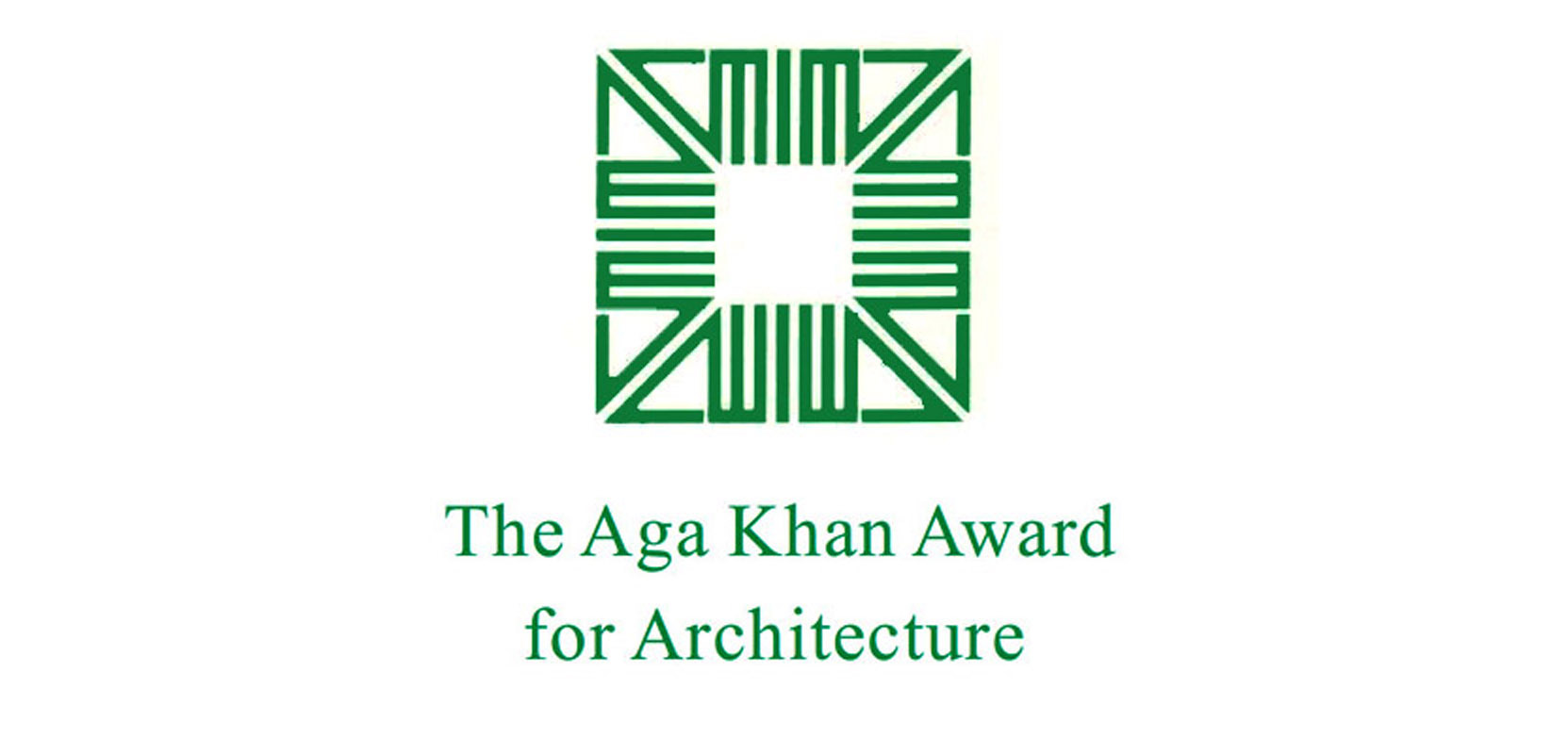
EDRA Great Places Awards 2021
Special mention of jury
Aga Khan Award for Architecture 2019
Winner in the team of the Program for the Development of Public Spaces of the Republic of Tatarstan
Вuilding of the year Award 2020 (ArchDaily)
Вoulevard «White Flowers» is included in the list of the 10 best public spaces in Russia
Register «Best Russian Beautification Practices» of the Ministry of Construction of the Russian Federation, 2017 - 2020
Best practices of participation and involvement of residents in the development of the urban environment according to the Center for Urban Competencies of the Agency for Strategic Initiatives 2019
X Russian National Award for Landscape Architecture
Silver diploma
Best Public Space 2019 according to Ilya Varlamov
Listing
Best Public Space in Russia - 2018 according to Strelka Mag
Public Space of the Year Award according to magazine INDE
Winner
Special mention of jury
Aga Khan Award for Architecture 2019
Winner in the team of the Program for the Development of Public Spaces of the Republic of Tatarstan
Вuilding of the year Award 2020 (ArchDaily)
Вoulevard «White Flowers» is included in the list of the 10 best public spaces in Russia
Register «Best Russian Beautification Practices» of the Ministry of Construction of the Russian Federation, 2017 - 2020
Best practices of participation and involvement of residents in the development of the urban environment according to the Center for Urban Competencies of the Agency for Strategic Initiatives 2019
X Russian National Award for Landscape Architecture
Silver diploma
Best Public Space 2019 according to Ilya Varlamov
Listing
Best Public Space in Russia - 2018 according to Strelka Mag
Public Space of the Year Award according to magazine INDE
Winner


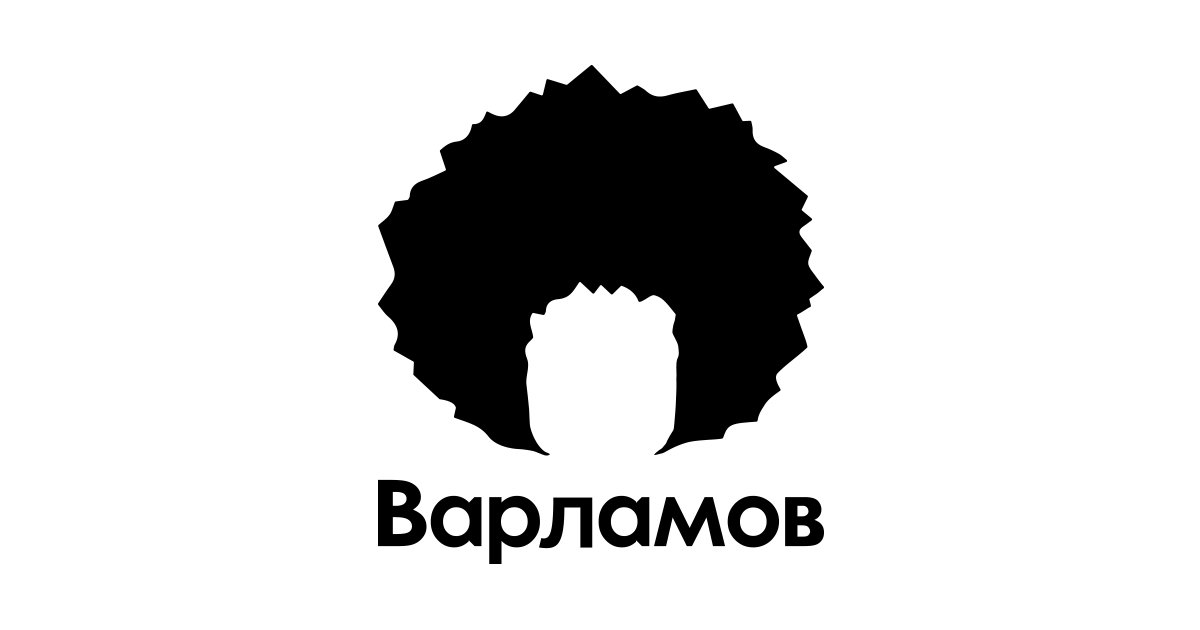

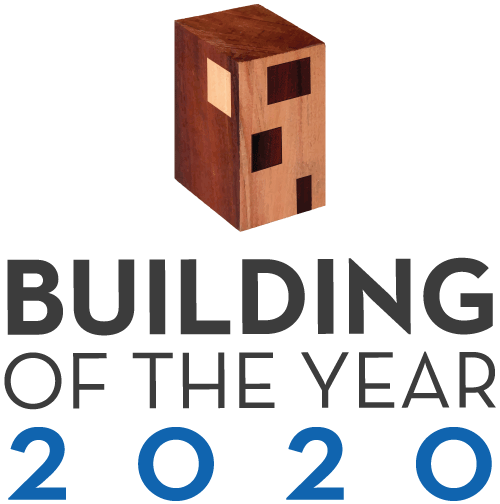
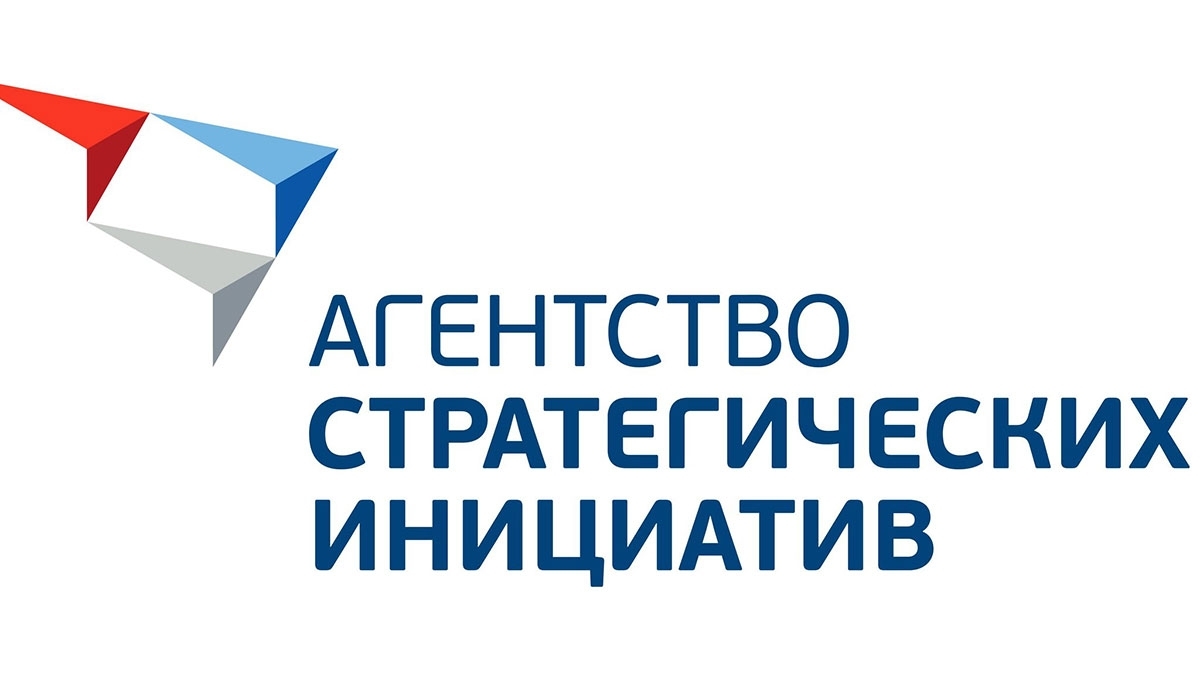

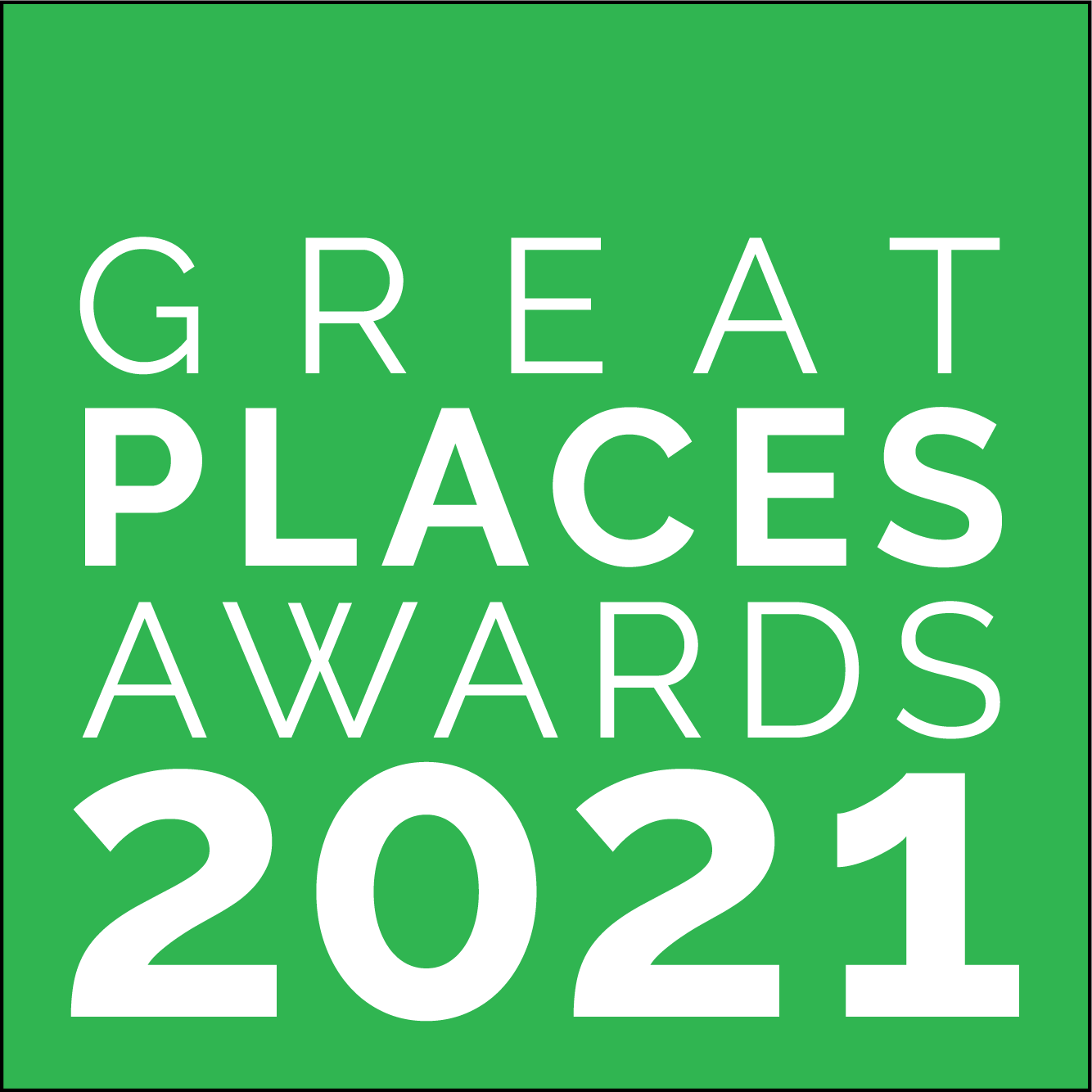
Video
Participatory design and public spaces in Russia — Project Group 8, Nadezda Snigireva
Documentary video about the construction of the boulevard
archdaily
Landezine International Landscape Award
